I love learning about new and unexpected animal breeds.
Whether it's meeting magical farm animals — like this adorable and rare pygmy baby goat — or learning more about the rise of pet-friendly llamas, I'm deeply curious about the relationship between humans and animals on America's great farmlands.
And when I discovered the incredible new breed of pig that was sweeping the nation, I couldn't believe my eyes!
Meet the mangalica: a Hungarian woolly pig. At first glance, these little oinkers are easily mistaken for an unshorn sheep — but don't be fooled. The mangalica is a curly-coated pig that makes for an impressive new addition to the farm. They're a recent transplant on this side of the Atlantic, a cross-breed that was brought to the United States as recently as 2007.
This is the only pig of its kind to produce this type of woolly hair — its only competition being the Lincolnshire Curly Coat of England, which is unfortunately now extinct.
Scroll though below for an in-depth look at this totally one-of-a-kind animal.
Would you want one of these wool-covered pigs on your farm? Let us know in the comments!
[H/T: Wikipedia, Modern Farmer]

Quite surprisingly, the mangalica's coat has a similar look and texture to that of your average sheep.
This adorable curly-coated pig hails from Hungary, where they were cross-bred with a few Romanian domestic pigs, namely the Szalonta, Bakony, and the Serbian Sumadija breed.
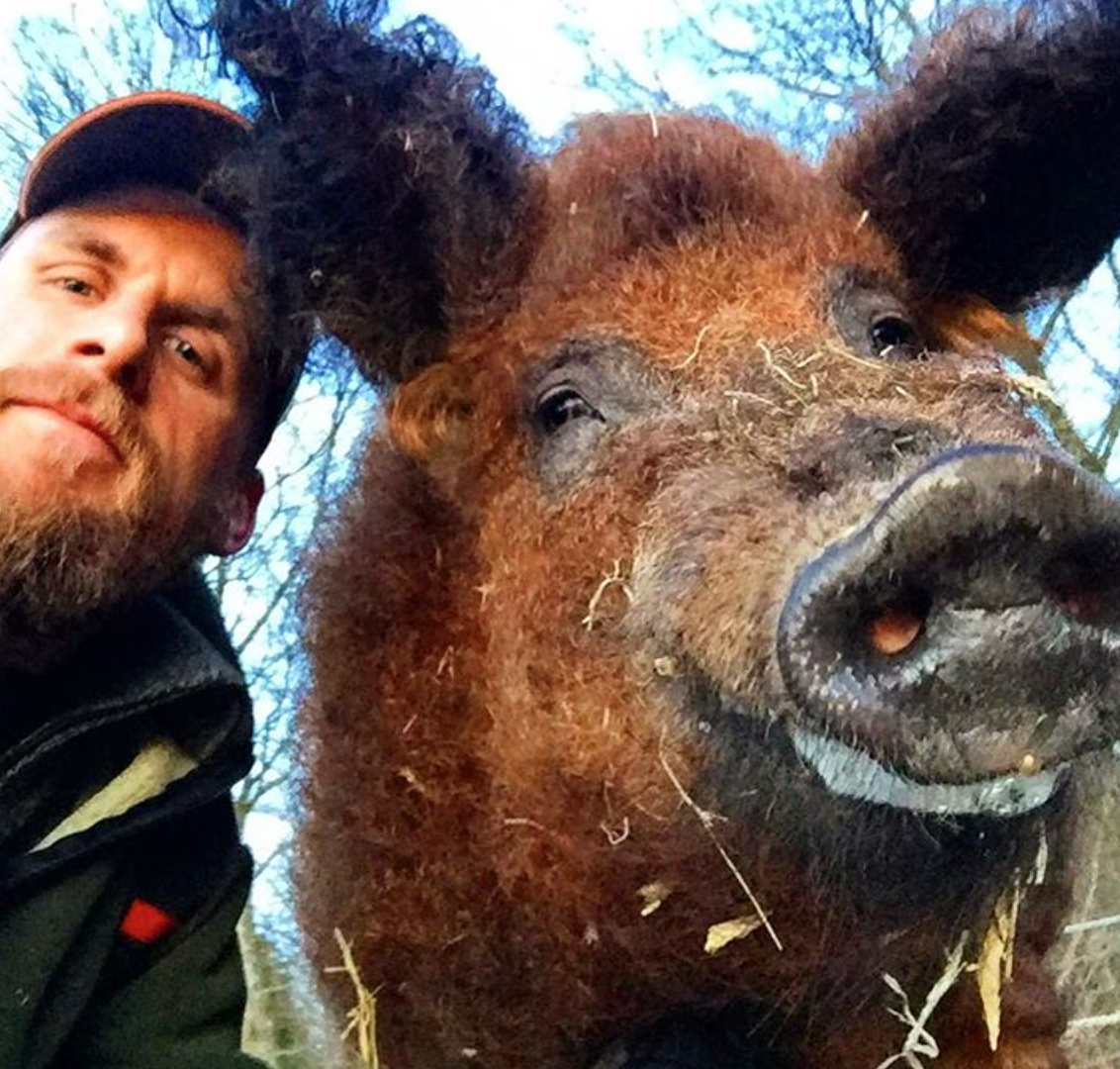
Originally bred in the 1830s by Archduke Joseph Palatine, the mangalica slowly disappeared from Europe during the rise of Communism, whose stringent policies forbade farmers from properly raising the breed.
The mangalica has since been revived, however, and in the 1990s began to grow in popularity, led by famed Hungarian breeder, Peter Toth.

In 2007, the curly-coated cutie made its way to the States, imported by a band of breeders who knew they'd be a huge hit, especially among heritage and environmental-friendly farmers.
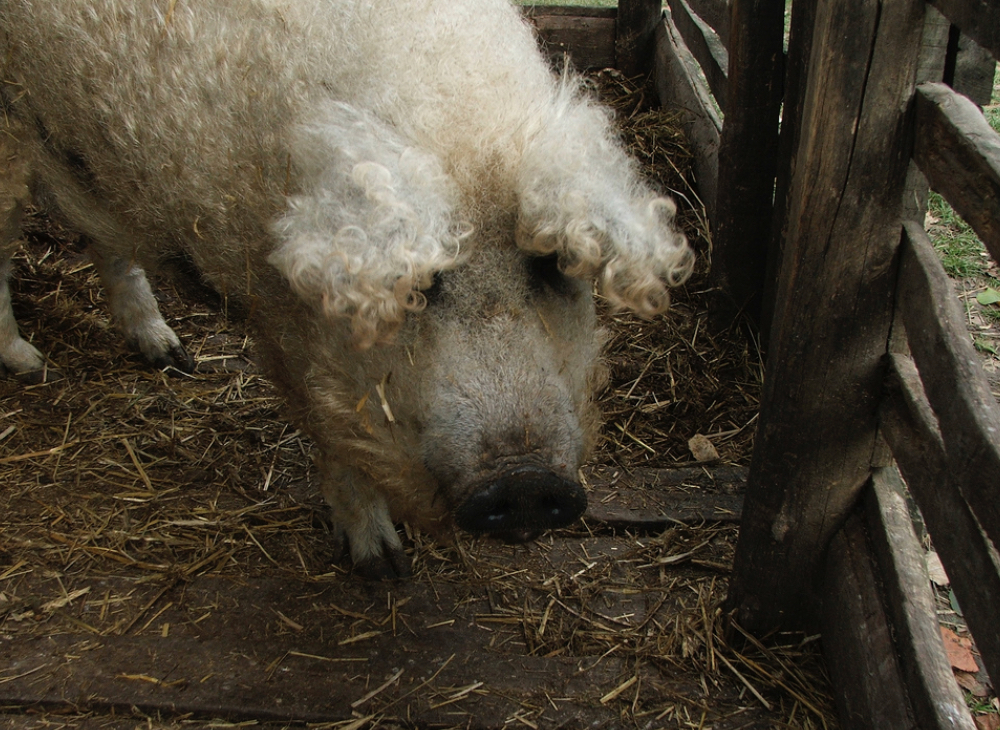
The pigs are specifically raised to be free-range, as they’re fantastic foragers — digging for grubs, acorns, walnuts, etc. They do require some additional feeding, but if you have a natural space for them to roam, they’ll easily live off the land.
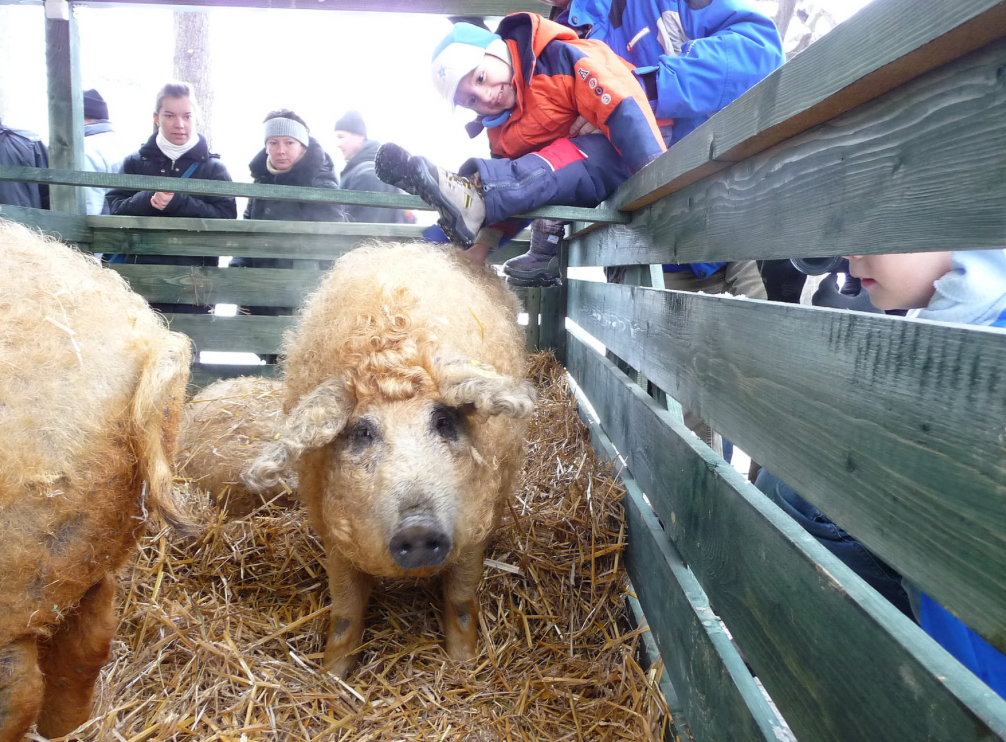
Though the mangalica is often sold as livestock, many folks around the country are also keeping them as pets. In fact, with proper care, they can become as tame as your favorite lapdog.
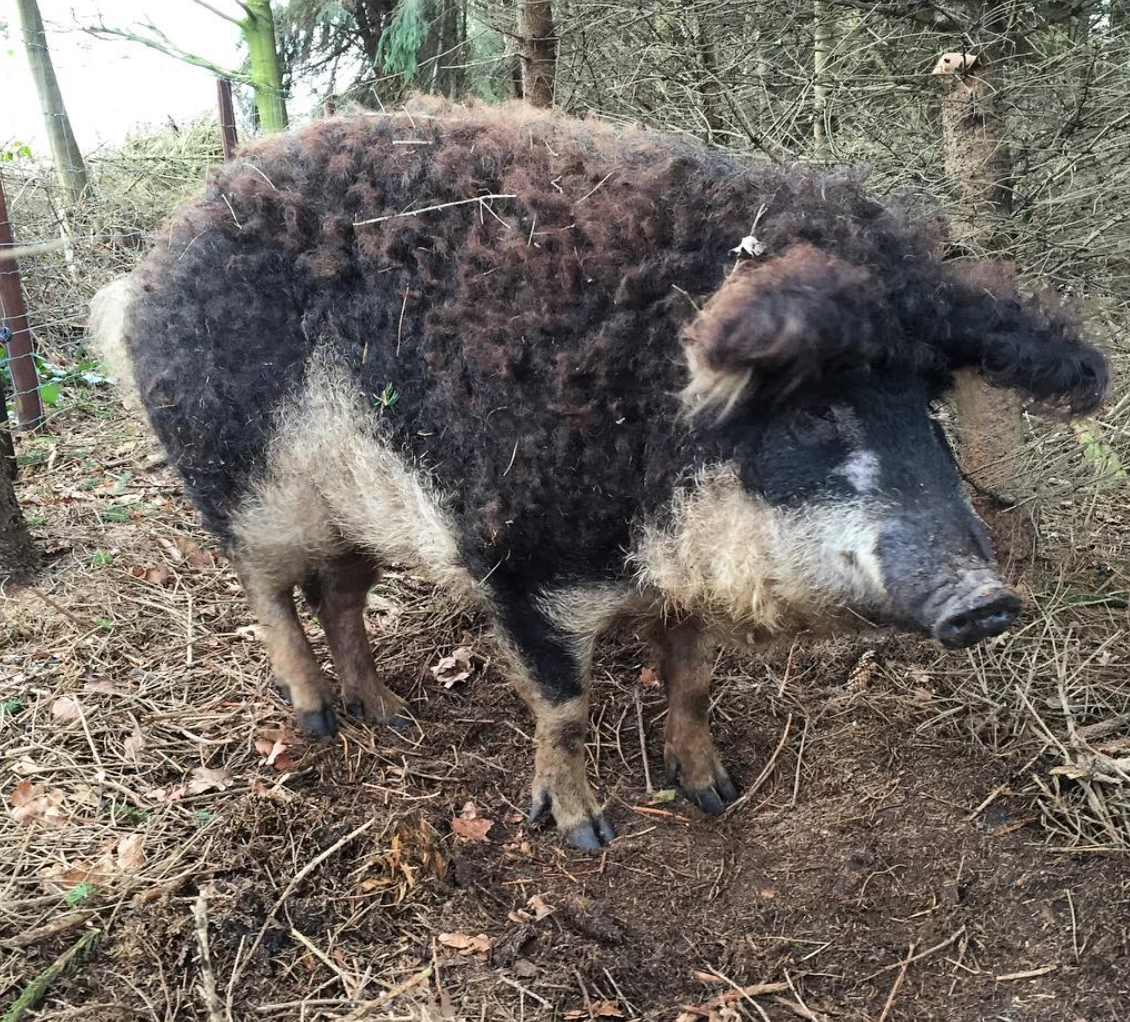
And farm owners can choose from a variety of sub-breeds: the blonde, swallow-bellied, and red-coated mangalica.

An average sow gives birth to around 7 or 8 piglets per litter, though that number can be as high as 12 or low as 4, depending on the pig herself.
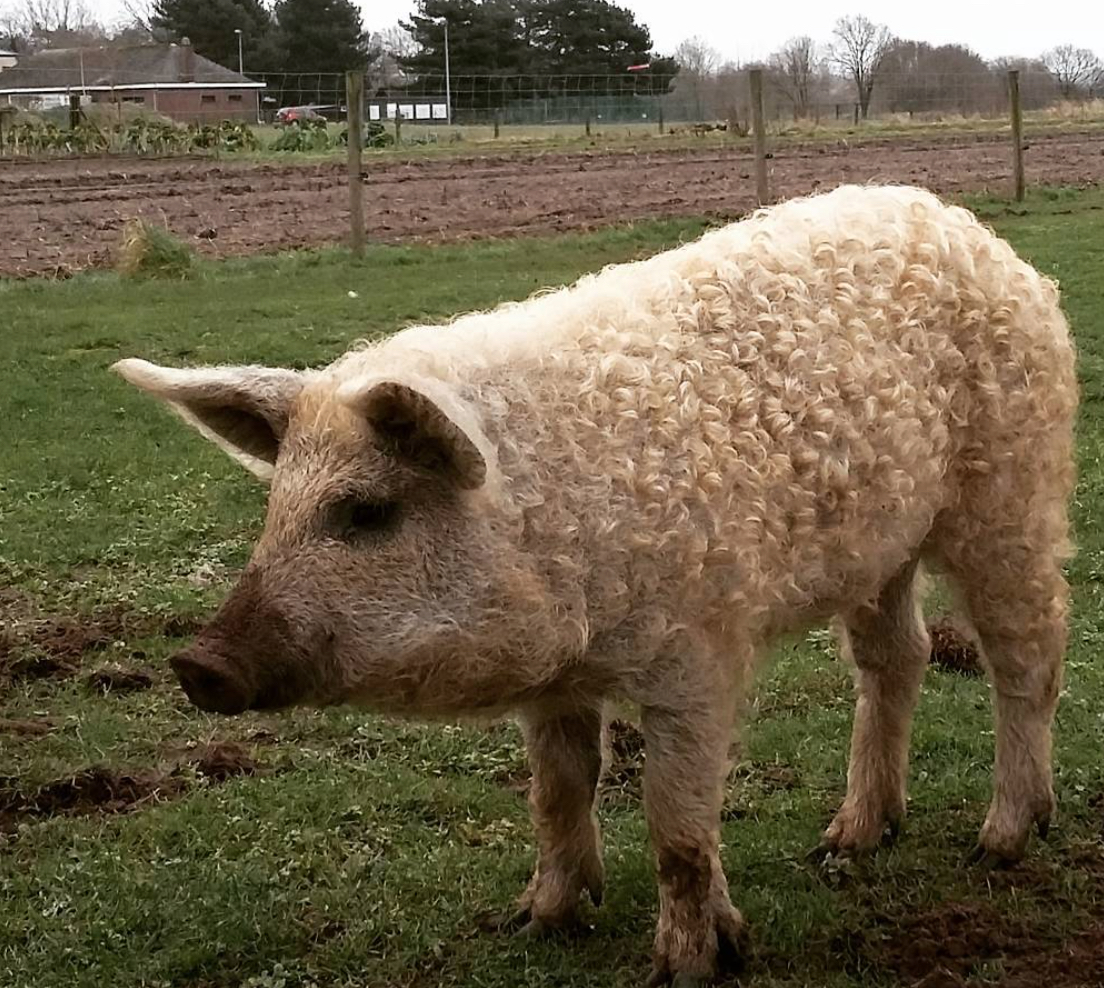
President of the Mangalica Breeders Association, Peter Toth, believes this special pig must be conserved and protected at all costs. Having overseen the breeding of over 20,000 mangalicas, he's encouraging farmers across Europe and the U.S. to consider adding this curly-coated addition to their farm in order to keep the breed alive and well.
Though it might look strange at first glance, the mangalica is sweeping the nation with its unusual coat and unique foraging sensibilities.
Would you want a pig like this on your farm? Let us know in the comments.
Please SHARE with your farm-loving friends and family!




